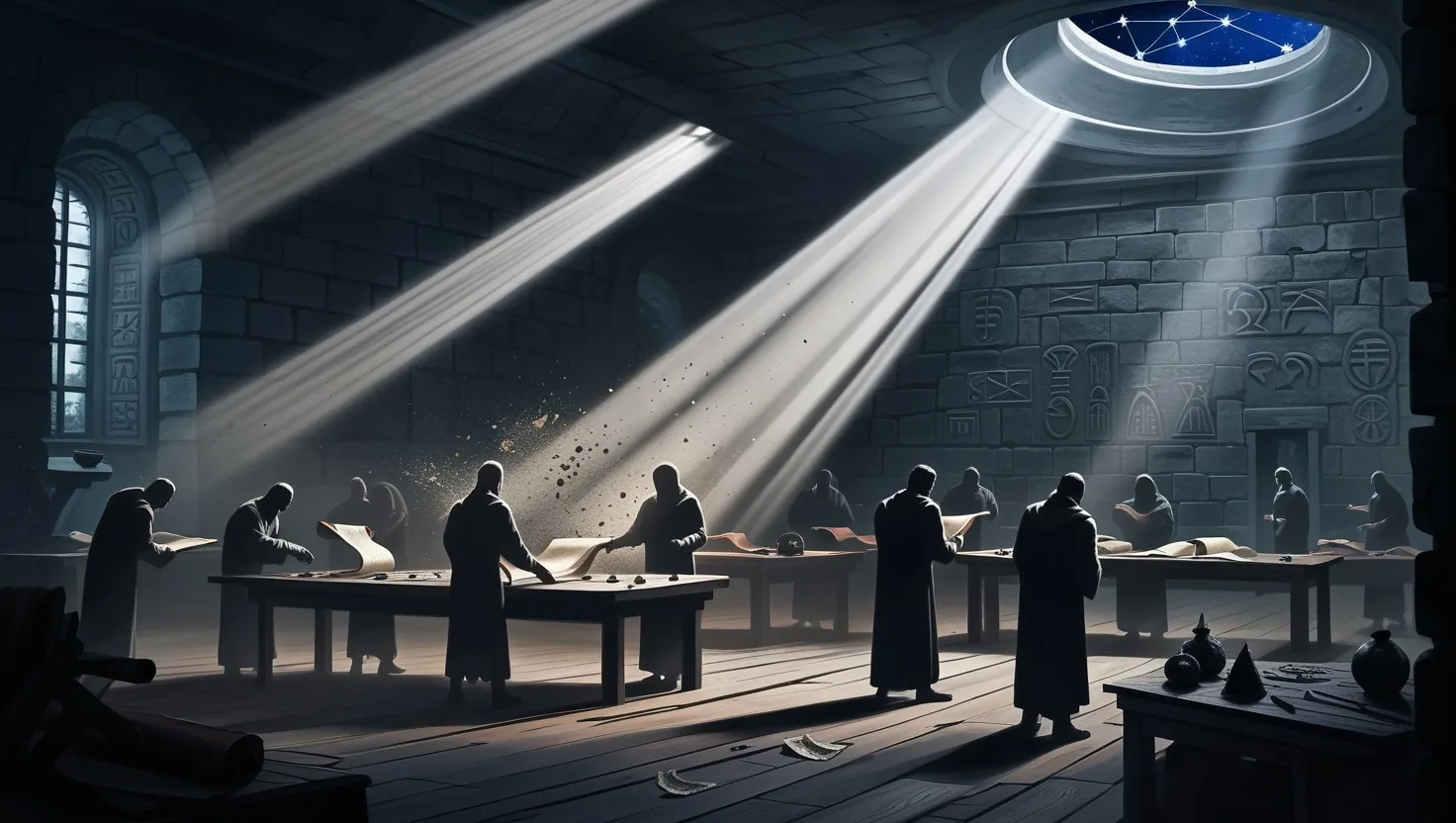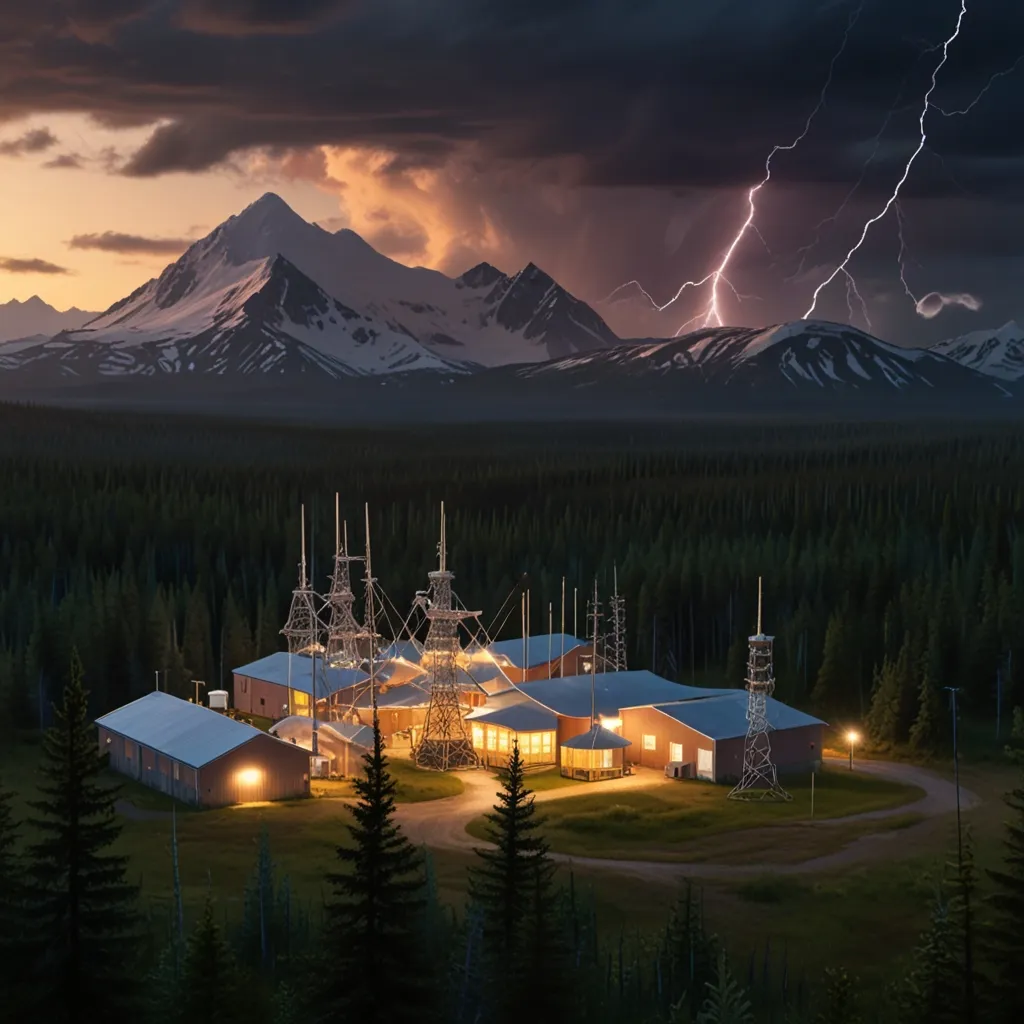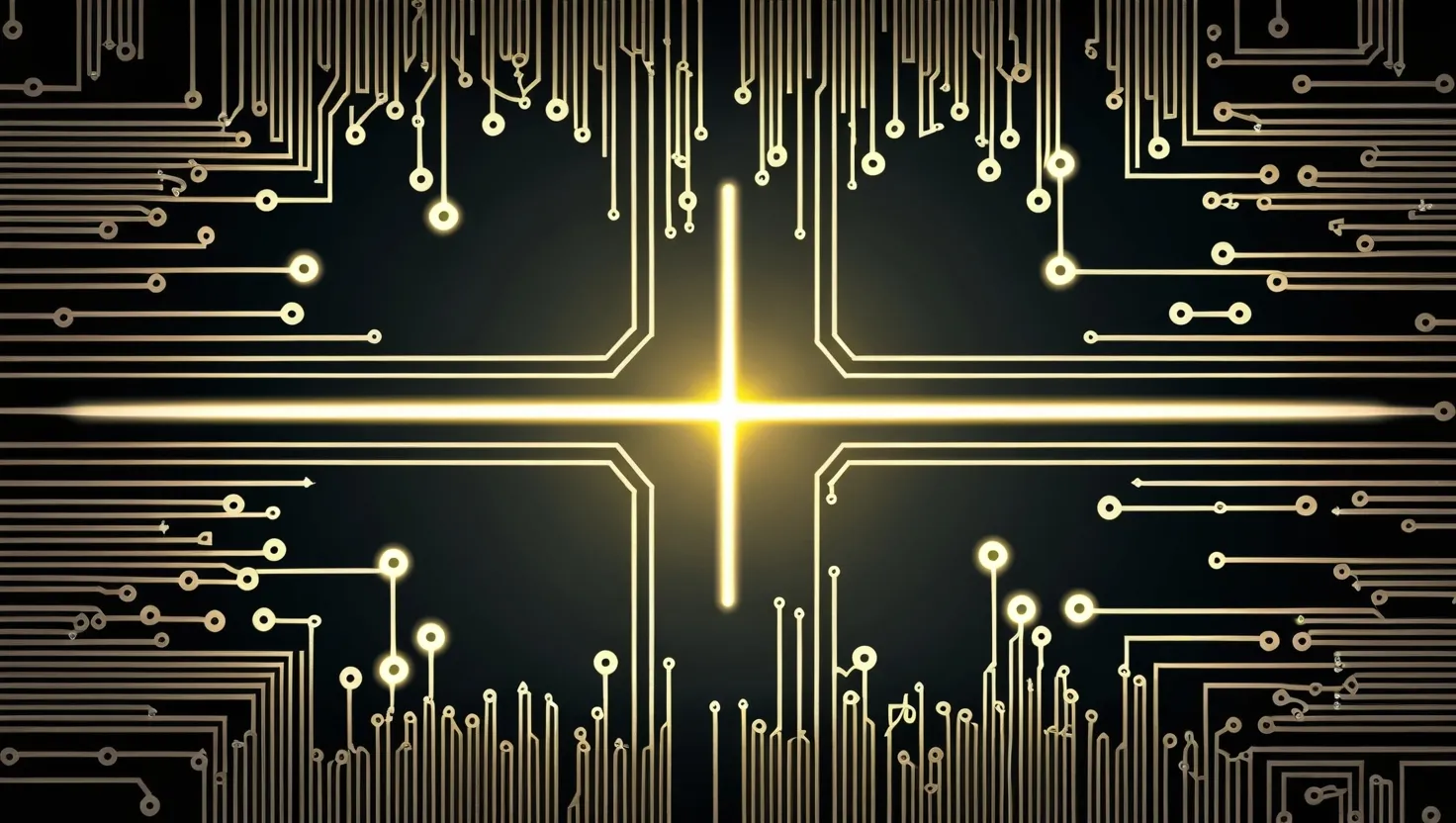Throughout history, esoteric knowledge has always intrigued us. Secretive organizations dedicated to preserving ancient wisdom evoke a blend of curiosity and skepticism, often shrouded by mystery and conjecture. These societies are like whispers from the past, their stories captivating yet elusive. So, what about those groups purported to still operate today? If you’ve ever pondered whether ancient guardians of hidden knowledge are alive among us, let’s explore this speculative realm together.
Take, for instance, the Priory of Sion. Many know it from the fictionalized world of The Da Vinci Code, yet beyond the cinematic intrigue lies an equally fascinating question—does such an organization truly exist? Historical documents claim it emerged in medieval France, tasked with guarding the secrets of the Merovingian bloodline. But why the Merovingians? It’s not just about royal lineage; some believe it intertwines with spiritual revelations linked to early Christianity and lost religious artifacts. Could such a society still be quietly operating, custodians of knowledge that could upend historical narratives as we know them? And if so, to what end?
“You can kill a man, but you can’t kill an idea.” – Medgar Evers.
The Priory might just embody this idea. Even if dismantled in public view, the thread of its purpose may persist through clandestine gatherings or symbolic rituals.
Then there is an Indian legend that fascinates me to no end: the Nine Unknown Men. Emperor Ashoka, known for his transition from conquest to Buddhism, is said to have founded this elusive group in 273 BCE. Each member reportedly held a book of dangerous, forbidden knowledge in science, warfare, and psychology—secrets said to be too powerful for public exposure. If such books existed, would our world even be ready to wield their knowledge responsibly today? Some conspiracy theorists posit that remnants of their ancient wisdom might explain unexplained technological leaps in history. Is it a stretch? Perhaps. But isn’t it equally intriguing to imagine threads connecting ancient Indian science to unexplained modern developments?
What about those societies born out of ceremonial magic and mysticism, such as the Hermetic Order of the Golden Dawn? Though formally disbanded, whispers remain of splinter groups practicing its esoteric rituals. Their practices are not merely theatrical; they assert links to transcendental consciousness and unpublished Rosicrucian texts. Yet, why hasn’t this supposed “magic” entered mainstream awareness? Perhaps the answers are not in the results, but in the exclusivity of who gets to wield the power—or perceive it.
How about something darker, like the Black Hand? Originally a Serbian nationalist organization, it defined the early 20th-century political resistance. But here’s where the story takes a sharp left turn: rumors suggest the group evolved, shedding its overt nationalism to influence regional politics through shadow networks and encoded communications. A political force turned secret arbiters—if true, what do they see as their modern mission? Do their priorities remain nationalistic, or have they shifted to more global aspirations? These are questions that challenge our boundaries between historical records and veiled operations.
“Three things cannot be long hidden: the sun, the moon, and the truth.” – Buddha.
Now, let’s pivot to a society that blurs the line between religion and astronomy, the Cult of Mithras. An ancient Roman mystery religion with its roots in Persia, the Mithraic rites were steeped in astronomical symbolism. Temples aligned with celestial cycles, hinting at an understanding of space far beyond their era’s conventional reckoning. Some speculate that this ancient cosmological knowledge didn’t vanish but went underground. Imagine inheriting a roadmap to the stars—who wouldn’t keep that locked away? And what implications might such knowledge hold today for understanding our place in the cosmos?
The Alumbrados offer another twist. Emerging during the Spanish Inquisition as a sect of mystics, this shadowy group focused on manipulating human consciousness. Their modern adherents, if they exist, might cloak their actions under new-age spiritual movements or even experimental psychology. Could their work intersect with concepts like mass influence or emotional engineering? It makes you wonder: Are we unknowingly participating in larger experiments of perception influenced by their techniques?
Finally, the Sons of Osiris mystify me the most. Allegedly rooted in pre-dynastic Egyptian knowledge, they are said to guard ancient technological secrets tied to unexplained electromagnetic phenomena at archaeological sites. This idea aligns with puzzling observations around pyramids and their unexplained physical properties. If this group exists, what are they protecting us from—or what are they protecting themselves from us? Perhaps the echoes of ancient knowledge have implications far beyond mere history lessons?
“Any sufficiently advanced technology is indistinguishable from magic.” – Arthur C. Clarke.
As we explore such societies, I find myself asking: Why are humans so drawn to the concept of hidden knowledge? What drives us to believe that there must always be more beneath the surface, stories untold, and secrets unrevealed? Maybe it’s not about the societies themselves, but about our fundamental drive to make sense of the unknown. These organizations, whether real, exaggerated, or entirely fictional, mirror a deeper human yearning to grasp what lies beyond our understanding.
Would the world be better served if these secrets—if they exist—finally saw the light of day? Or would their revelations cause more harm than good? Perhaps the real mystery lies not in uncovering the truth about these groups but in examining our collective fascination with them. The allure of the esoteric, the hidden, sparks the imagination like few other concepts do.
So, if the Priory of Sion, the Nine Unknown Men, and their contemporaries are indeed lurking in the corners of our world, then they embody one of humanity’s oldest narratives: the guardians of knowledge, keeping sacred what many aren’t yet ready to understand. Whether true or not, these stories prompt us to question what knowledge truly is and who has the right to access it. Is this knowledge about power, or is the power in knowing when not to share it?






